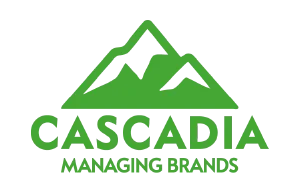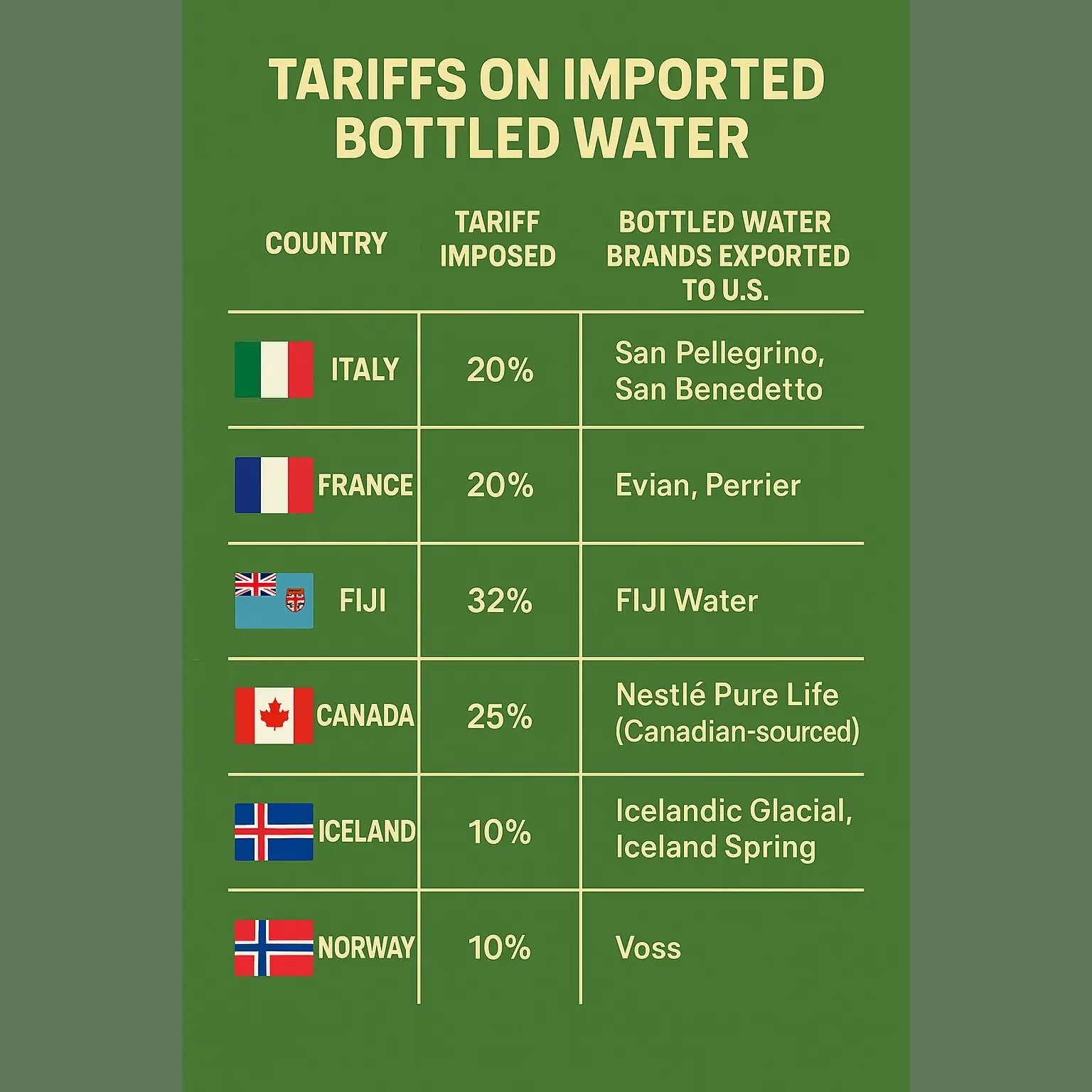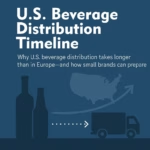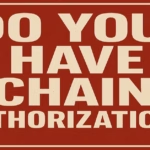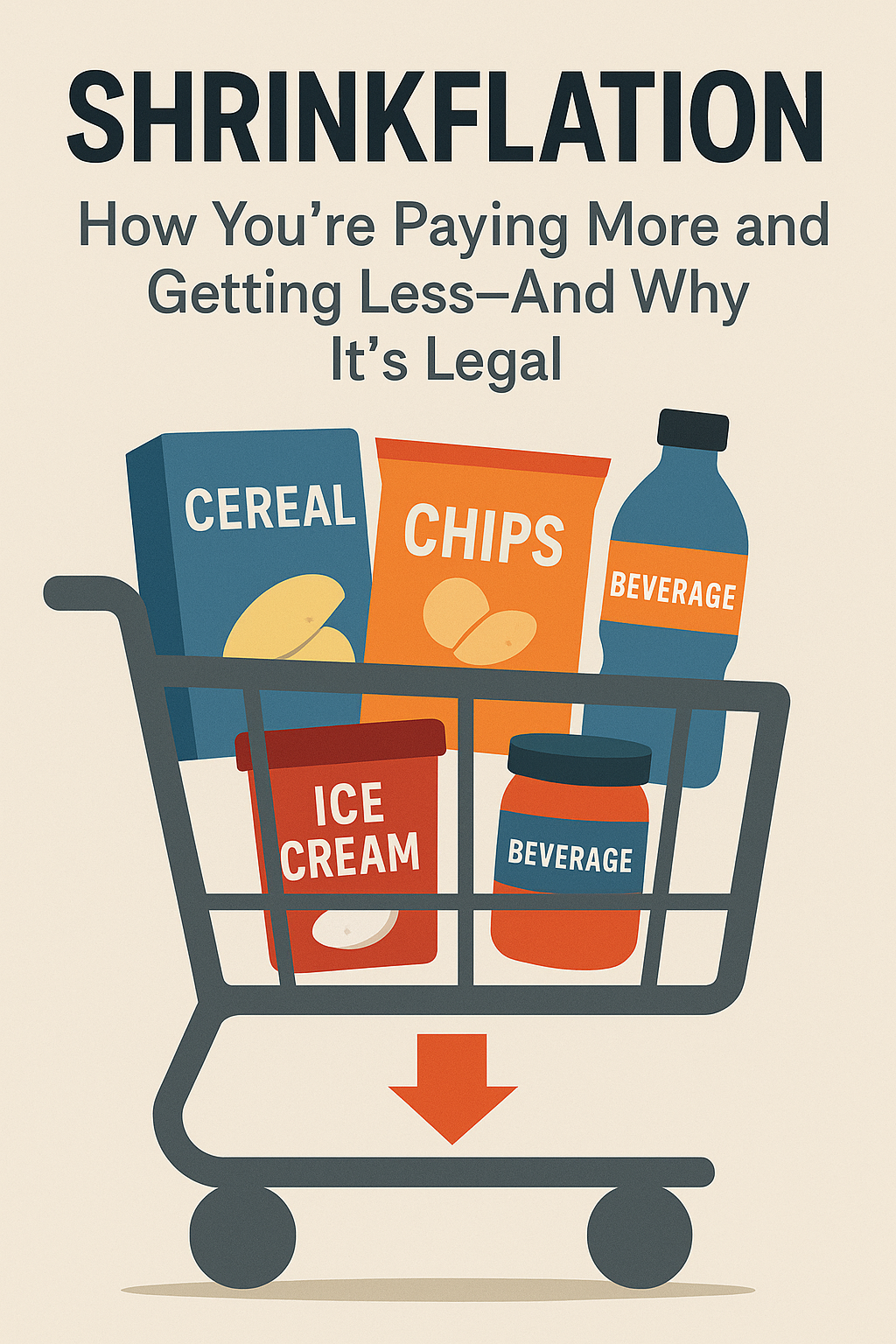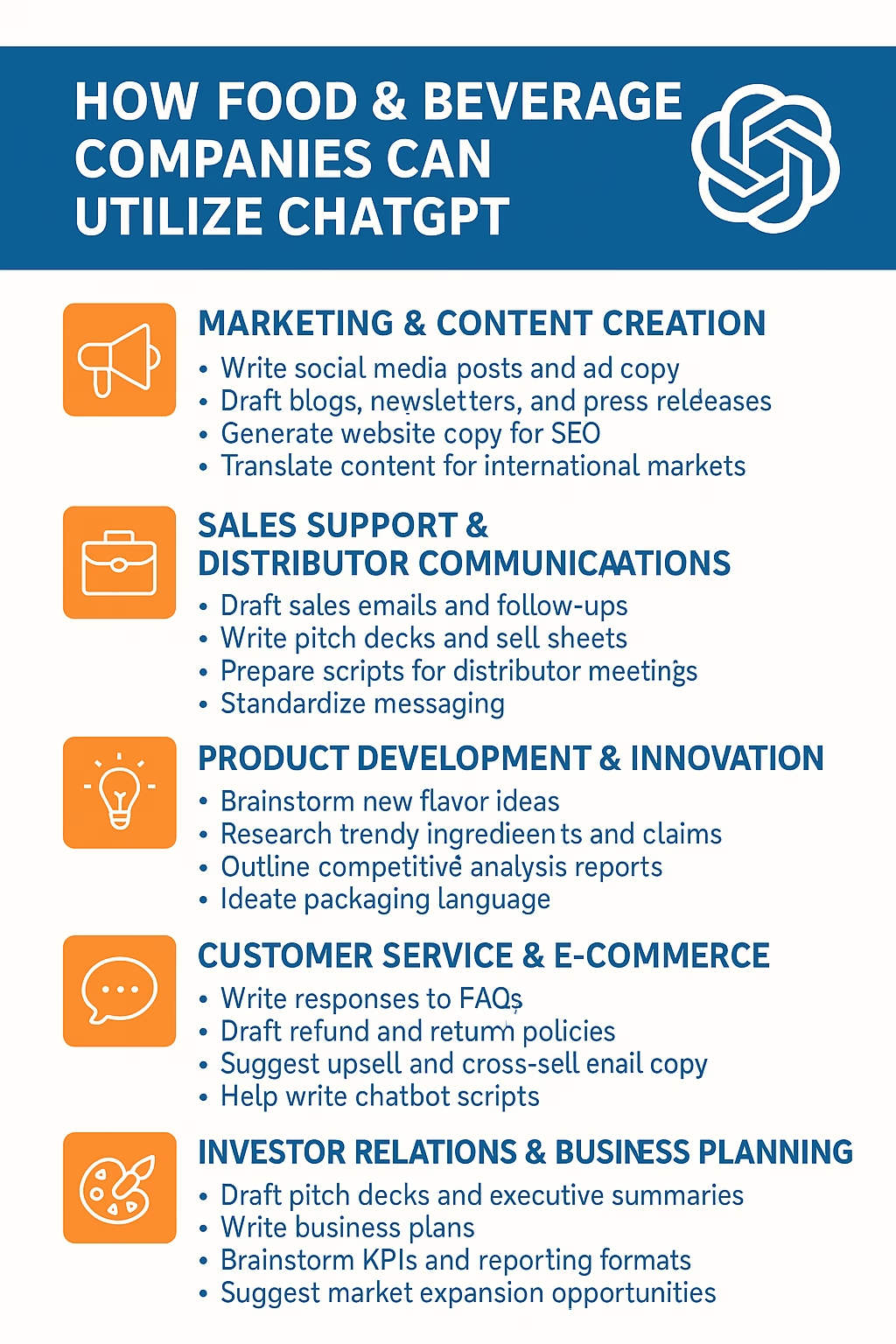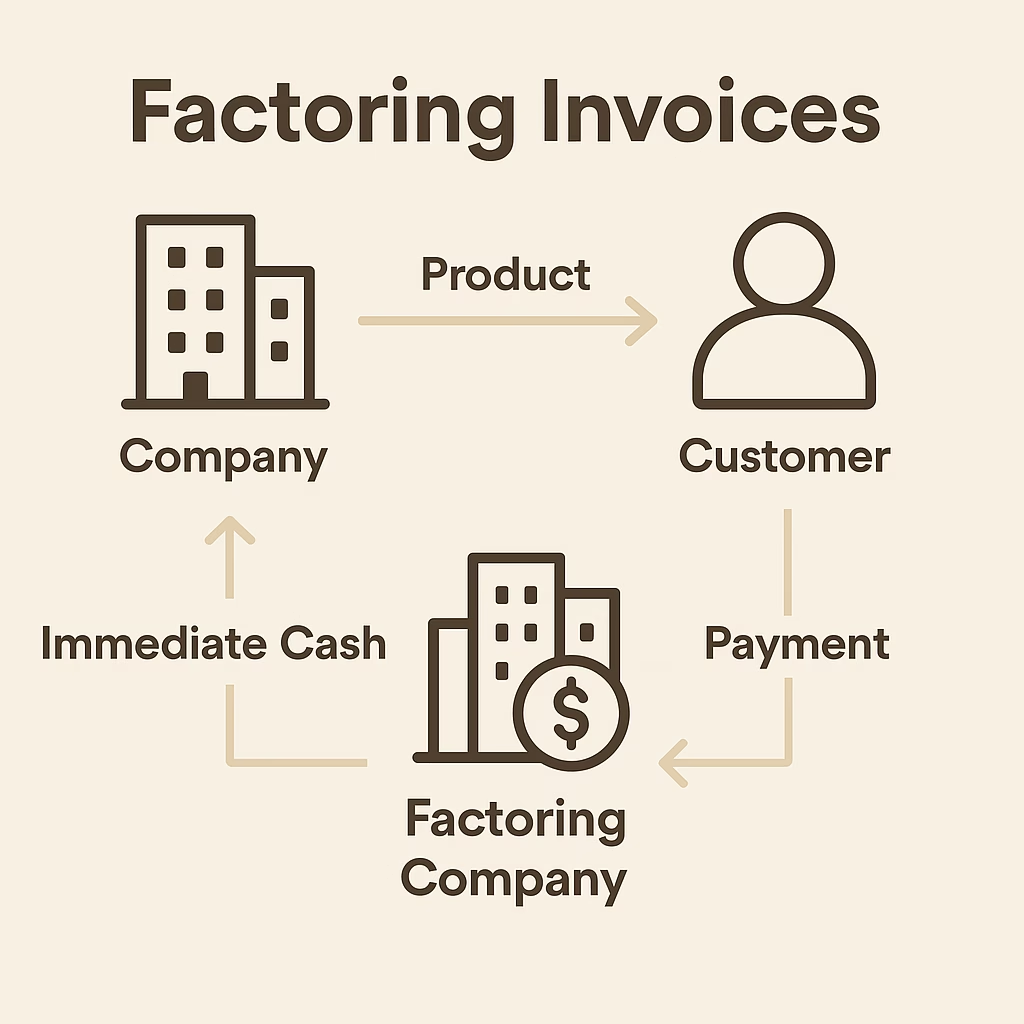Open a bag of chips, unbox a frozen lasagna, or unwrap your favorite ice cream bar today, and you might…
The Ripple Effect: How Trump’s Tariffs Impacted the Bottled Water Market
The presidency of Donald Trump was marked by significant shifts in international trade policy, with tariffs being a key instrument used to reshape trade relationships. For businesses and consumers alike, these changes had tangible effects across various industries, including the seemingly straightforward world of bottled water. Let’s dive into how these tariffs impacted the flow of imported bottled water into the United States and what it meant for the brands we see on store shelves.
A Look at the Key Players
Before we delve into the tariffs themselves, it’s important to understand which countries are the major players in exporting bottled water to the US. In recent years, Italy, France, and Fiji have consistently been the top foreign suppliers to the American market. Other significant exporters include Mexico, Canada, and Iceland. Knowing these key players helps us understand where the tariff policies would have the most direct impact.
The Tariff Landscape Under Trump
The Trump administration’s approach to trade was characterized by the implementation of what were termed “reciprocal tariffs.” The aim was to levy duties on imports from countries that were perceived to have higher tariffs on US exports. In April 2025, a significant policy shift introduced a 10% baseline tariff on goods from all US trading partners. Following this, additional “reciprocal tariffs” were announced, targeting countries with substantial trade imbalances with the US.
For the European Union, which includes major bottled water exporters Italy and France, a 20% reciprocal tariff on all imports was implemented starting the week of April 9th, 2025. This meant that bottled water from these European nations would face this additional cost upon entering the US.
The situation was different for Canada and Mexico, largely due to the United States-Mexico-Canada Agreement (USMCA). Goods compliant with USMCA continued to have a 0% tariff. However, non-USMCA compliant goods from both countries were subject to a 25% tariff, while certain energy and potash products from Canada faced a 10% tariff. Importantly, Canada and Mexico were exempt from the new reciprocal tariffs as long as these earlier orders remained in effect.
Fiji, a key exporter of its namesake “Fiji Water,” faced a direct 32% tariff on its exports to the US, effective April 5th, 2025. This tariff was part of the reciprocal policy, based on a claim (disputed by Fiji) that Fiji imposed a 63% tariff on US goods.
Iceland was subject to the baseline 10% tariff on all imports to the US, effective April 5th, 2025.
How Tariffs Impacted Your Favorite Bottled Water Brands
Let’s break down the impact on specific countries and their popular bottled water brands in the US market:
Italy:
- Tariff: 20% reciprocal tariff on all EU exports, effective April 9th, 2025.
- Brands in the US: This tariff would have affected a wide range of Italian favorites, including San Pellegrino, San Benedetto , Acqua Panna , Fiuggi , Rocchetta , and various other brands like Cedea, Galvanina, Lauretana, Santa Vittoria, Sant’Elena, Solé, Uliveto, Valverde, Rocchetta Brio Blu , and even private label options like Kirkland Signature Italian Sparkling Mineral Water and Whole Foods Market Italian Sparkling Mineral Water, TJs Italian Sparkling Mineral Water.
France:
- Tariff: 20% reciprocal tariff on all EU exports, effective April 9th, 2025.
- Brands in the US: French staples such as Evian and Perrier would have been subject to this tariff. Other French brands like Badoit, Chateldon, La Sasse, Ô Muse, Orezza, and Saint-Géron would also see increased import costs.
Fiji:
- Tariff: 32% direct tariff, effective April 5th, 2025.
- Brands in the US: The primary brand impacted here is Fiji Water, making it significantly more expensive for American consumers.
Mexico:
- Tariff: 0% for USMCA compliant goods, 25% for non-USMCA compliant goods (under IEEPA).
- Brands in the US: Popular brands like Topo Chico (likely USMCA compliant) and Peñafiel would have faced varying tariff levels depending on their compliance with the trade agreement. Other Mexican brands such as Bonafont, Epura, Ciel, Santa Clara, and Gloria are primarily marketed within Mexico, and their widespread availability in the US market requires further verification.
Canada:
- Tariff: 0% for USMCA compliant goods, 25% for non-USMCA compliant goods (under IEEPA), 10% for energy/potash.
- Brands in the US: While Canadian Springs has a US presence through regional brands , brands directly imported from Canada such as Clearly Canadian and Eska. Other listed Canadian brands such as Aquadeco, Berg, Gize, Glace, Ice Age, Jackson Springs, Penguin Ice, Thunderbird Spirit Water, and YICE may have limited availability in the US market.
Iceland:
- Tariff Information: Iceland was subject to the baseline 10% tariff on all imports to the US, effective April 5th, 2025 [2, 3, 5, 5, 2].
- Bottled Water Brands Sold in US: The primary Icelandic bottled water brand with a significant presence in the US market is Icelandic Glacial. This brand is known for its purity and naturally alkaline pH. Another brand, Skýra Icelandic Spring Water, is also available in the US, particularly at 7-Eleven stores.
Impact on US Produced Brands
The tariffs on imported bottled water could create a more competitive landscape for US-produced brands. With imported waters potentially becoming more expensive due to tariffs , domestic brands might see an increase in demand. Consumers looking for more affordable options might switch to American brands.
However, US producers might also face challenges. Some may rely on imported materials for packaging, such as aluminum or specialized plastics. Tariffs on these materials could increase their production costs , potentially offsetting some of the advantages gained from tariffs on imported finished products. The overall impact on US brands will depend on their sourcing strategies and the price elasticity of demand for bottled water.
Likely Impact on Sales of Imported Waters
The imposition of tariffs generally leads to an increase in the price of imported goods. For bottled water, this means that the cost of brands from Italy, France, Fiji, and other affected countries would likely rise for US consumers.
The extent to which sales of imported waters will be affected depends on several factors, including the magnitude of the price increase and the availability of substitutes. If the price increase is significant, some consumers may opt for domestic brands or less expensive imported alternatives. However, for brands with strong consumer loyalty or unique qualities, demand might be less sensitive to price changes.
Overall, while tariffs aim to protect domestic industries, they often result in higher costs for consumers and can lead to a decrease in the sales volume of imported goods as consumers seek more affordable options. The long-term impact will depend on how consumers adapt to the new pricing landscape and the strategic responses of both domestic and international bottled water companies.
The Broader Implications
These tariffs had the potential to create a ripple effect throughout the US bottled water market. Increased import costs could translate to higher prices for consumers, potentially impacting demand for these international brands. This could also create opportunities for domestic bottled water producers or imports from countries with lower or no tariffs to gain a competitive edge.
The complex interplay of trade policies and international relations highlights the dynamic nature of global commerce. While the specific tariff rates and their long-term effects can be intricate, understanding these changes provides valuable insight into the factors that influence the prices and availability of the products we consume every day.
